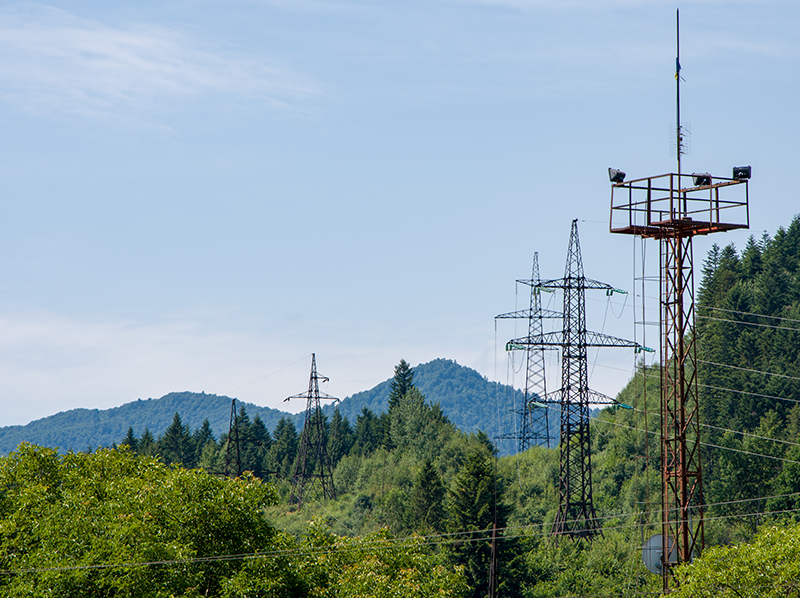
Energy supply and demand will peak in the early 2030s, according to DNV GL’s Energy Transition Outlook 2019. Supply is forecast to peak at 638 EJ in 2030, while demand is expected to peak in 2033.
The key contributor to reducing energy demand in the coming years is large energy efficiency improvements, brought about mainly by accelerated electrification.
Technological improvements in energy efficiency gains are expected to outperform economic growth. As a result, despite a growing middle class and increased consumption of energy services, energy demand will peak in 2033, and will gradually drift down by four per cent to 2050.
Three major sectors, buildings, manufacturing and transport, will transition from less energy efficient fossil fuels to more energy efficient renewable-powered electricity. The electricity share will grow from 19 per cent in 2017 to 40 per cent of energy demand by 2050.
As a result of these energy efficiency improvements, less energy would be needed to do more work. In 2017, it would take 4.6 megajoules to produce US$1 of global gross domestic product (GDP). In 2050, it will only take 1.9 megajoules.
The energy transition to 2050 will therefore be an affordable one. The share of world GDP spent on energy will be halved, from 3.6 per cent in 2017 to 1.9 per cent by 2050. The subsequent operating savings could then be invested to further accelerate the energy transition.
For more insight into the future of energy demand, read the full report, Energy Transition Outlook 2019.